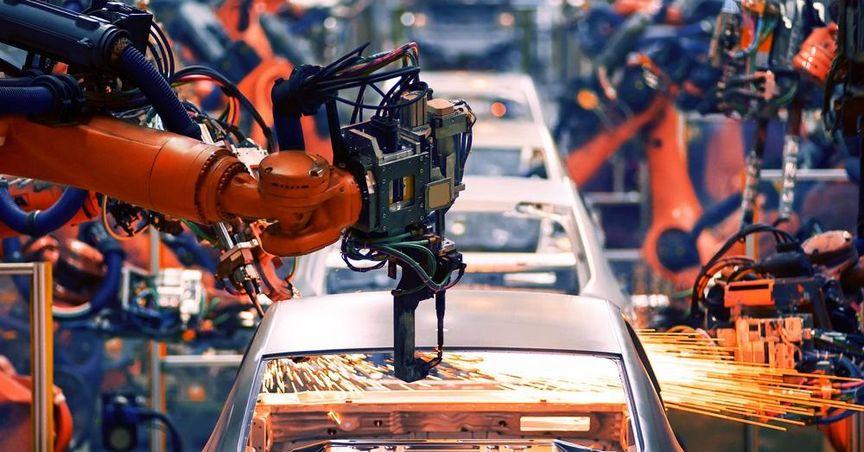Stelrad Group PLC, a major player of Industrial sector has confirmed a dividend payment of £0.0298 per share, which will be distributed to shareholders on October 25th. This dividend will result in a yield of 5.1%, which is consistent with the average yield for companies within the industry.
Dividend Coverage and Sustainability
The announcement highlights that Stelrad Group (LSE:SRAD)’s dividend payment is well-supported by both cash flow and earnings. This indicates that a substantial portion of the company’s earnings is being reinvested into the business, potentially fueling future growth. Over the coming year, EPS is anticipated to increase by 40.8%, which is expected to result in a payout ratio of about 46%. This ratio is generally considered to be within a sustainable range, suggesting that the company is managing its dividend payments prudently.
Historical Dividend Trends
Stelrad Group’s dividend history has shown some variability. The annual dividend payment has fluctuated, increasing from £0.0615 in 2022 to a more recent total of £0.0764. This growth reflects a compound annual growth rate (CAGR) of approximately 11% over this period. While recent increases in dividends are notable, the company has experienced cuts in the past, which raises concerns about the long-term stability of these payments.
Growth and Earnings Performance
Over the past five years, Stelrad Group has faced a sharp decline in EPS, averaging a decrease of around 56% per year. Such a rapid decline in earnings could constrain the company’s ability to sustain its dividend payments if this trend continues. However, the company’s forecast for the next year shows a positive shift, with expected earnings growth suggesting potential for improved dividend payments. Despite this forecasted growth, the company’s historical performance underscores the need for a more consistent record before any conclusions about long-term dividend reliability can be made.
Stelrad Group’s forthcoming dividend payment reflects a current ability to support such distributions through available cash flow and earnings. Despite this, the company’s historical dividend fluctuations and past earnings declines introduce a level of uncertainty regarding future dividend stability. While the positive earnings forecast for the next year is encouraging, a more consistent dividend history would be necessary to build greater confidence in the long-term sustainability of the company’s dividend payments.





